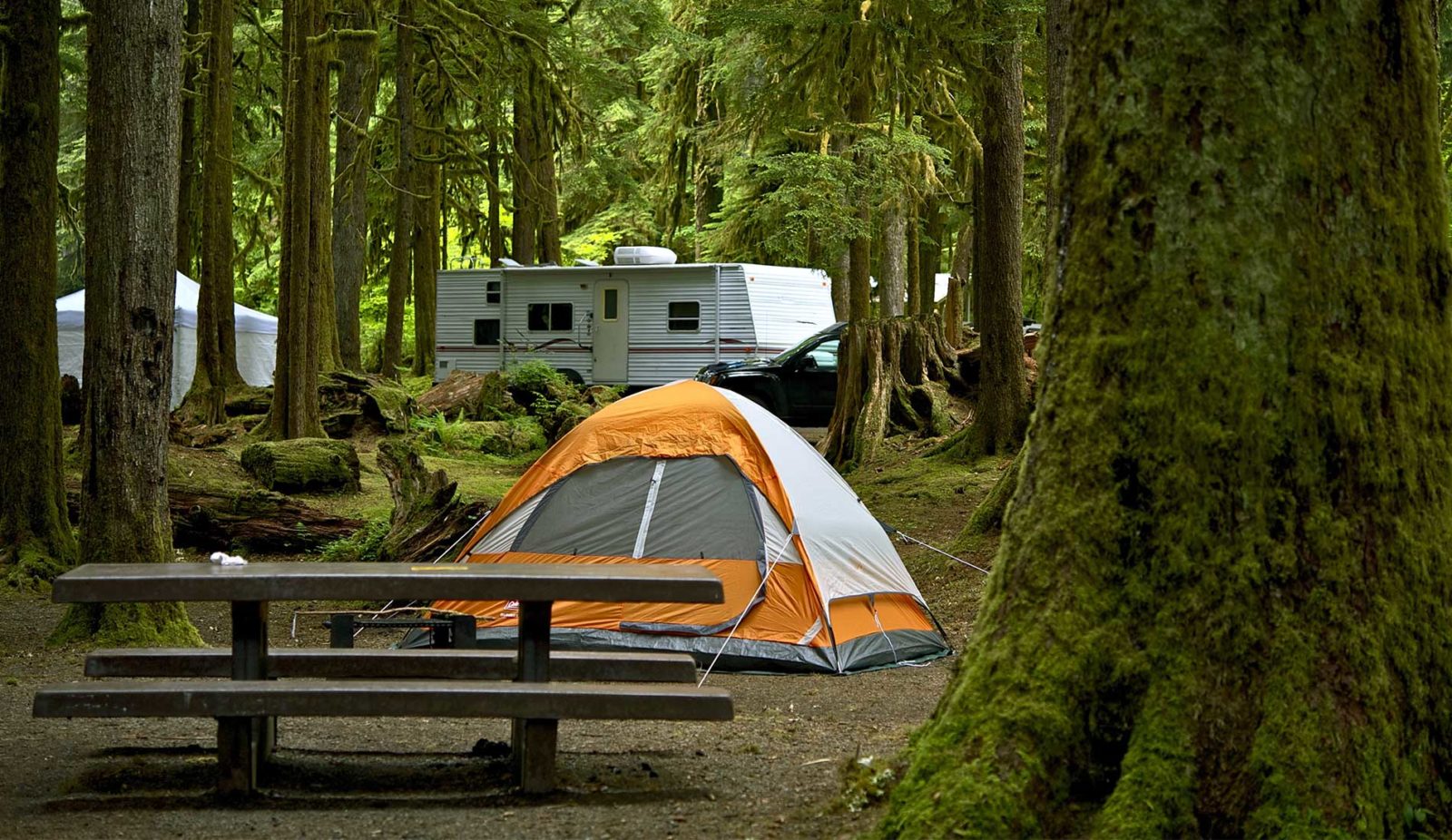As a family mourns the loss of their 3-old-girl who was killed by a falling tree branch at a New Jersey campsite over the July 4 holiday weekend, it remains to be seen whether this tragic death could have been prevented.
What’s known at this time from news reports is that the toddler was inside a tent on July 6 at Jellystone Park Campground at Tall Pines in Elmer when she was hit by the branch. She was taken to Inspira Medical Center Elmer, where she was pronounced dead. A brief tornado reportedly touched down in Mount Laurel Township that afternoon, about 40 miles northeast of Jellystone Park. It is unknown at this time whether weather contributed to the accident.
The tragedy marks the second time in less than two weeks that a fatal tree fall has grabbed national headlines. On June 25, an 11-year-old Girl Scout was killed and two adults and a 10-year-old girl were injured when a tree that was roughly 35- to 45-feet tall fell while they were hiking at a southern Indiana camp. Significant rain had fallen in the area during the two preceding weeks, according to law enforcement. The cause of the tragedy is still under investigation. The county sheriff described the fallen tree as appearing to be “uprooted.”
How to Prevent Tree-Fall Accidents
According to the U.S. Forest Service, in 2012 forest land comprised 766 million acres, or 33 percent of the total land area of the United States. With millions of people engaged in recreational activities on forest land — including camping, hiking and hunting, to name a few — the possibility of encountering a high-risk tree situation is real. That is why campground operators must inspect and maintain their sites so as to identify trees with hazard potential and mitigate the risk, Feldman Shepherd attorneys John Dodig and Jason Daria, whose legal practices focuses on catastrophic personal injury litigation, said.
Dodig and Daria, who have handled multiple cases in which falling trees seriously injured and killed people, identified actions campsite operators, and others responsible for public safety, can take to protect the public from dangerous trees. They include:
- Conducting routine inspections to identify hazardous trees.
- Inspecting individual trees and assessing their defects. A thorough inspection includes the rooting zone, root flares, main stems, branches and branch unions.
- Maintaining a rating system that uses designated standards to assess the hazard level of each tree.
- Removing and/or pruning unsafe trees as necessary.
Daria said that when tree-fall accidents occur, people are quick to blame the weather or often regard them as “freak” occurrences, never stopping to consider that someone may have breached a legal duty to maintain the safety of that tree.
“There are a lot of trees that don’t fall on a stormy day,” he said. “Negligent maintenance may be a factor with respect to the one tree that does fall.”
Dodig and Daria recommend contacting a personal injury attorney as soon as possible following a tree-fall accident so that a prompt inspection of the tree and surrounding area can be performed before environmental conditions change and the accident scene is cleared. Experts in arboriculture, campsite management and accident reconstruction can assess whether a dangerous condition was, in fact, discoverable to a campground operator or other entity responsible for tree safety.
Dodig added, “No family should lose a child while simply trying to enjoy the great outdoors. My heart goes out to everyone who loved these two little girls. If investigations show that these tree accidents were preventable, their families have every right to pursue all legal remedies available.”
He said that litigation often provides comfort to grieving families by shining a spotlight on dangerous conditions and helping to ensure that other families won’t lose loved ones to similar tragedies. He noted that one of his fatal tree-fall cases led to the state of New Jersey conducting a proper tree survey at a state park. The survey revealed that most of the trees in and around the campground where the accident occurred were compromised. To this day, the camping areas remain closed, Dodig said.
